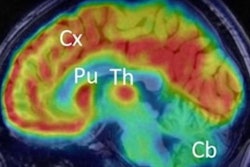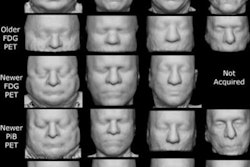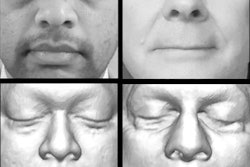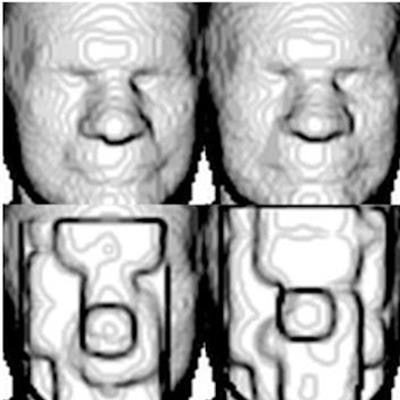
A group at the University of California, Davis has developed a way to obscure faces created from total-body PET/CT images from potential hackers, according to a recent study in the Journal of Nuclear Medicine.
A team led by biomedical engineer Aaron Selfridge, PhD, first found that patient faces rendered from PET images can be correctly matched to individuals using Google's FaceNet program, and subsequently that obscuring these images can provide sufficient anonymity and discretion for purposes of image sharing.
"We have described a method for defacing total-body F-18 FDG-PET and CT data that makes facial identification of volumetric images more challenging," the group wrote.
Previous research has shown that PET/CT images can be rendered by potential hackers using commercially available software to produce images of the subject's face. These images can then be matched by FaceNet to faces in actual photographs, which can reveal a patient's identity, the authors explained.
In response to these "identifiability concerns," the researchers aimed to validate a method that to thwart these steps. They conducted a study that included 30 healthy volunteers who underwent total-body F-18 FDG-PET/CT scans (uEXPLORER, United Imaging) at multiple time points during a single visit. Next, they used available surface rendering software on the reconstructed PET images to create separate images of each patient's face.
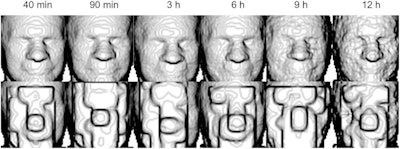 (Top) Faces rendered from PET images at six time points. (Bottom) Rendering of defaced images at each time point. Image courtesy of the Journal of Nuclear Medicine.
(Top) Faces rendered from PET images at six time points. (Bottom) Rendering of defaced images at each time point. Image courtesy of the Journal of Nuclear Medicine.In a run on the sample, FaceNet correctly matched the faces rendered from the PET images to the PET images themselves at a maximum rate of 64%. The researchers then obscured the PET images using a pixilation process ("de-facing") they developed and found that this rate dropped to 7%.
"The proposed workflow reliably detected and obscured faces in both CT and F-18 FDG-PET images," the group wrote.
Facial anonymization is an important consideration for data acquired on the uEXPLORER. However, the researchers wrote that the study findings may apply to any other high-resolution PET scanner with a long axial field of view. They also noted that, for many institutions and applications, de-facing of volumetric image data is not standard practice and is not currently required for regulatory compliance.
"We believe that the proposed method provides a baseline of anonymity and discretion when sharing image data online or between institutions and will help to facilitate collaboration and future regulatory compliance," they concluded.
The study was published June 2 in the Journal of Nuclear Medicine.




